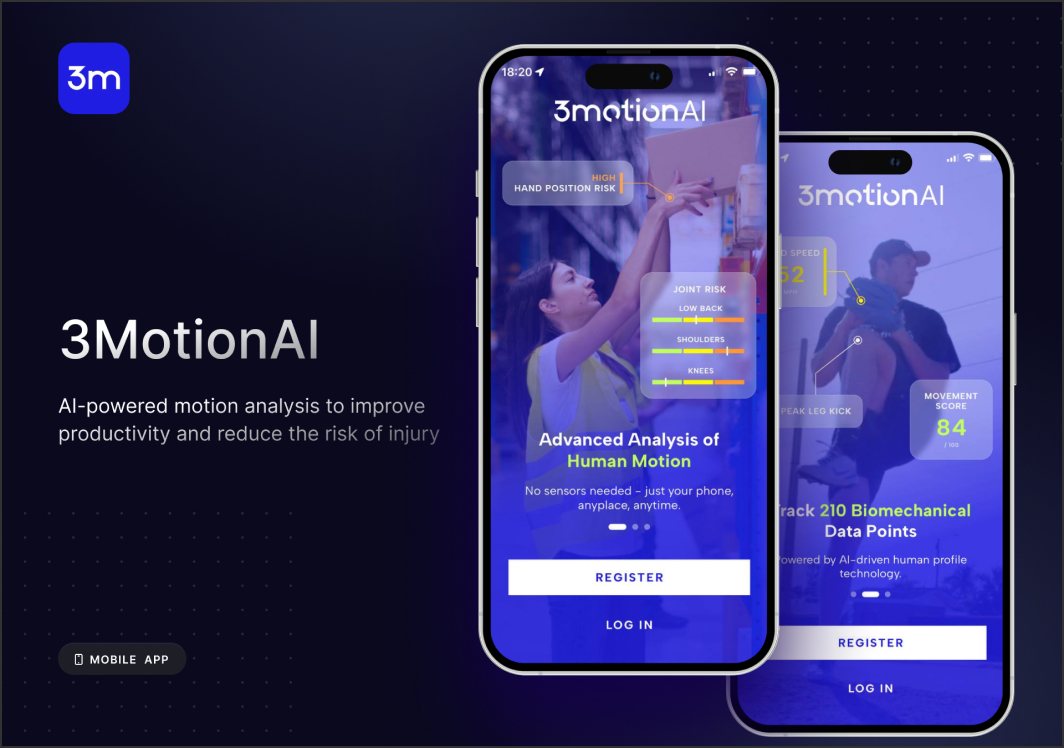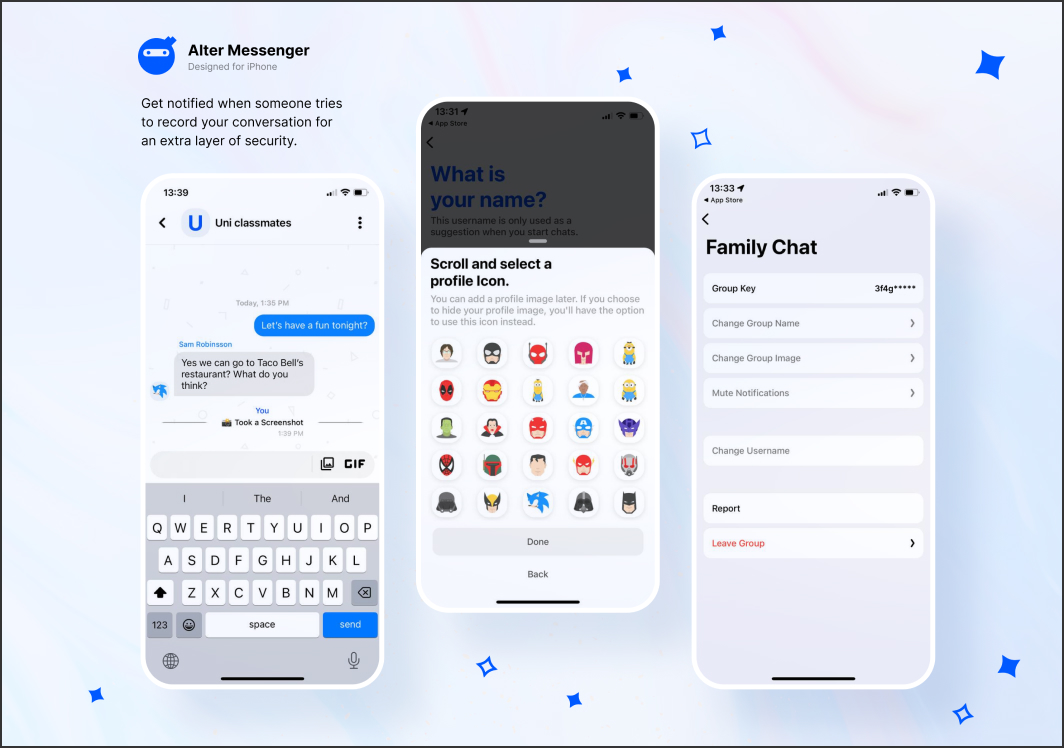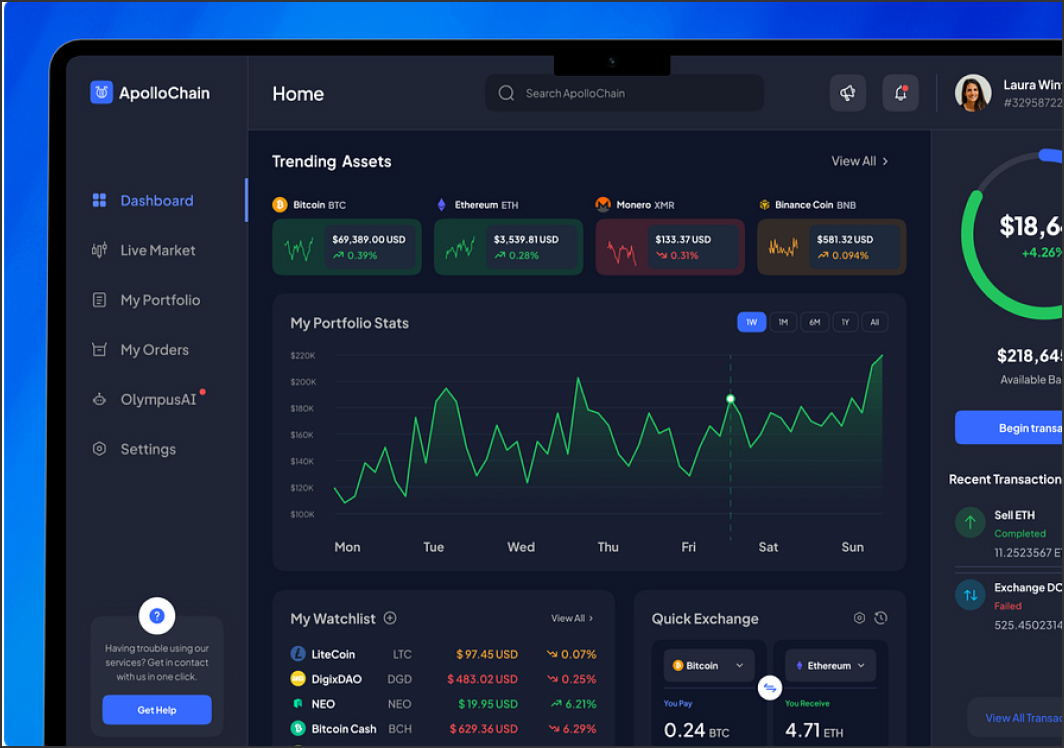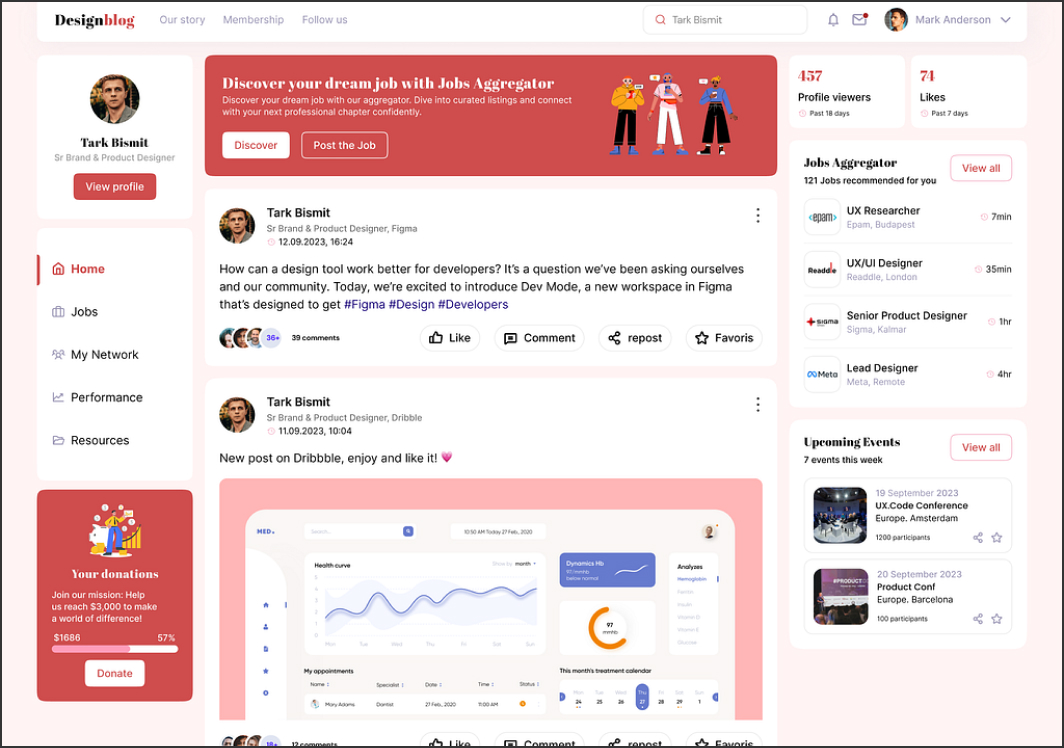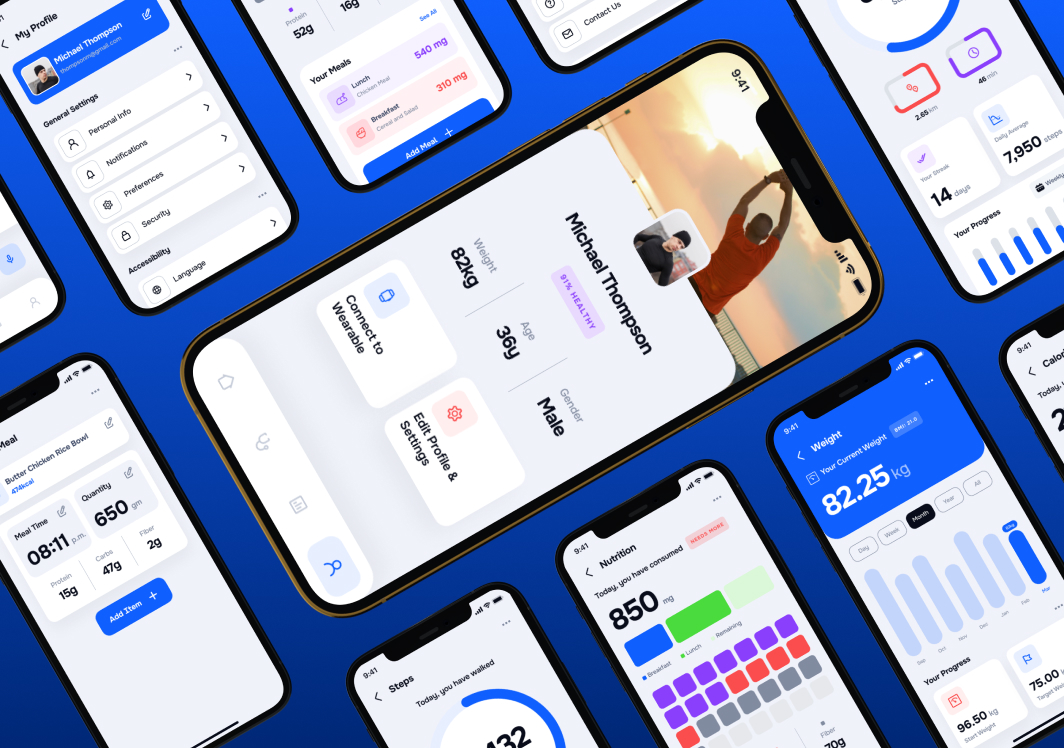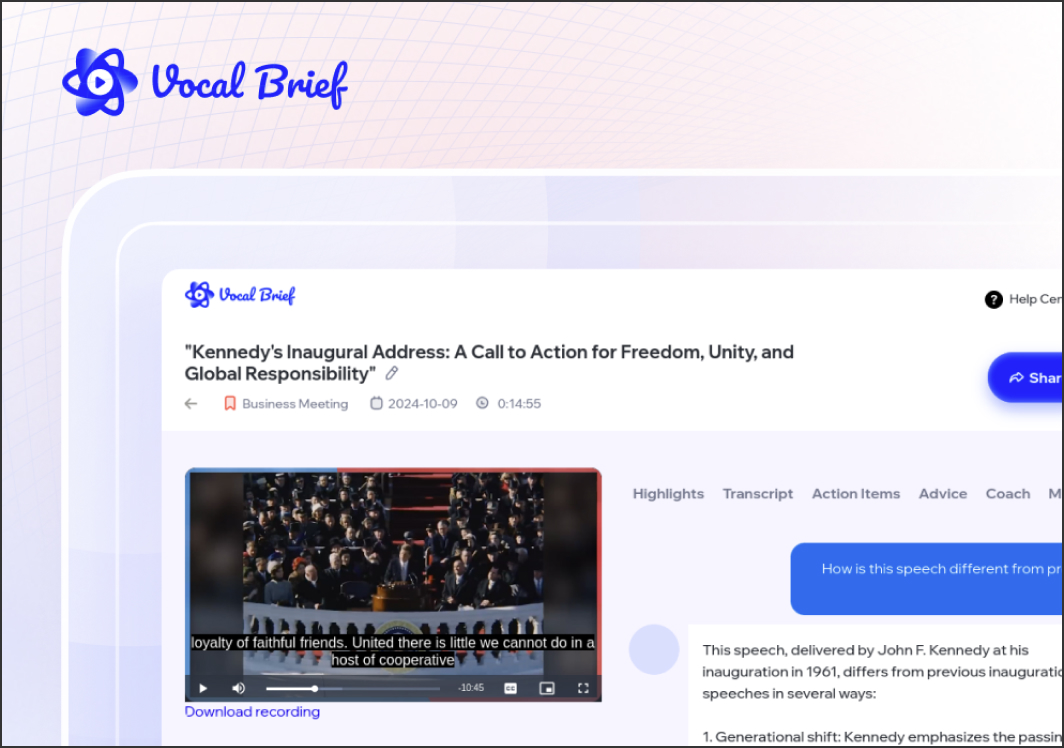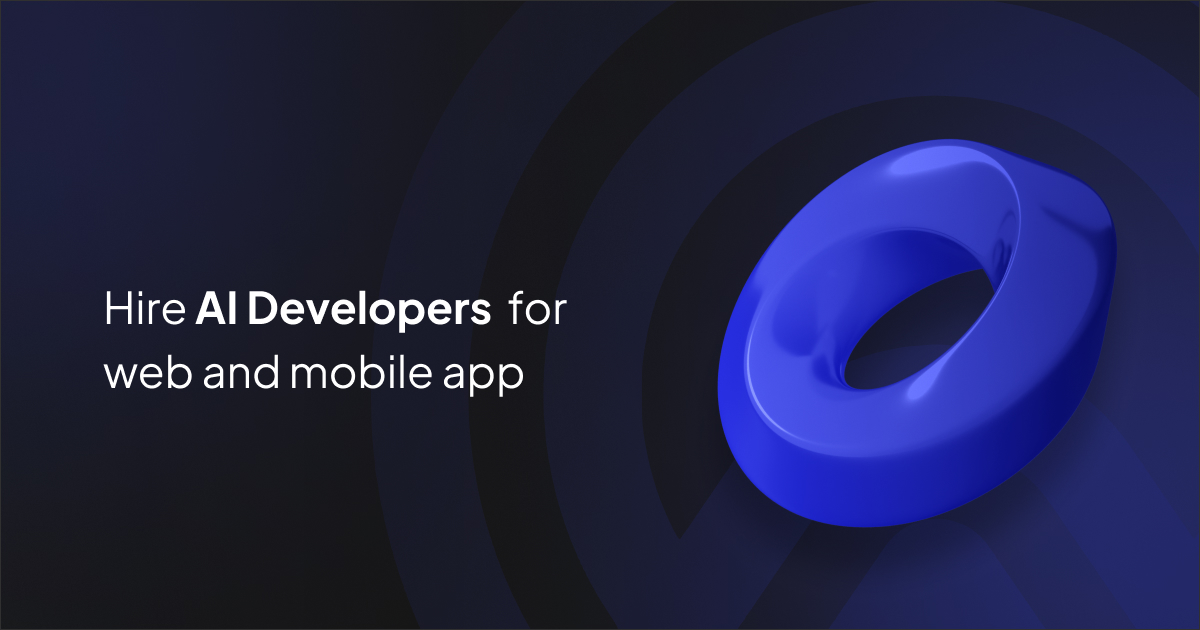A skilled Tray.io developer can turn scattered SaaS tools into reliable, observable automations. Instead of brittle point-to-point scripts, you’ll get modular workflows, clear run histories, and measurable impact on support, revenue operations, and finance. This guide explains what to expect from the role, which skills matter most, and how to run a lean hiring process that delivers value quickly—without over-engineering.
Why Tray.io
Business value
- Speed to impact: Low-code workflows and reusable components reduce delivery time from weeks to days.
- Breadth of connectors: CRM, billing, support, data, and messaging apps—plus HTTP for any REST/GraphQL API.
- Governance & visibility: Workspaces, roles, audit logs, and run history for compliance and handovers.
- Scalability: Tray Build for internal automation and Tray Embedded to expose integrations to your customers.
Core Skills to Expect
Technical competencies (must-have)
- Designing multi-step workflows with branching, looping, and callable workflows.
- API integration: auth flows (OAuth 2.0, API keys), pagination, rate-limit handling, idempotency.
- Data transformation: JSON mapping, arrays, lookups, regex, error captures, and retries with backoff.
- Webhooks, event triggers, and scheduling; secure secrets management.
- Environment strategy (dev → test → prod), versioning, and promotion.
Product & collaboration skills
- Translating business rules into deterministic flows with KPIs and SLAs.
- Estimating task/operation usage and proposing batching/caching to control costs.
- Writing runbooks, setting alerting, and enabling non-technical stakeholders.
Typical Use Cases
- Lead-to-cash: Sync CRM ↔ billing/ERP, invoice triggers, revenue recognition updates.
- Support automation: Turn product events into tickets, push routing and SLA alerts to chat.
- Marketing ops: Bi-directional enrichment, consent flags, campaign member hygiene.
- Finance & ops: Vendor onboarding, approvals, reconciliations, scheduled exports to warehouses.
- Product: Customer-facing integrations via Tray Embedded with tenancy, throttling, and observability.
Engagement Models
Contractor vs in-house
- Contractor/consultant: Ideal for audits, quick wins, and complex migrations; pay for outcomes.
- Full-time hire: Owns roadmap, standards, governance, and continuous optimisation.
Hiring Process (Lean & High-Signal)
-
Define outcomes
- Example: “Cut manual support handoffs by 30% and reduce first-response time by 20%.”
-
Screening checklist
- Portfolio with 3–5 Tray workflows tied to KPI impact.
- Evidence of error handling, retries, and rate-limit strategies.
- Familiarity with your core stack (CRM, billing, helpdesk, analytics).
-
Practical exercise (4–6 hours cap)
- Build a baseline workflow with webhook trigger, branching, validation, and a rollback path; include a README with metrics.
-
Live review
- Pair on an extension: add idempotency keys, improve pagination, or introduce alerting and dead-lettering.
-
Security & governance review
- Roles, secrets rotation, auditability, data retention, and environment promotion plan.
Best Practices
- Standardise naming and foldering; keep shared helper workflows for common transforms.
- Implement alerting on failures/latency; monitor operation usage and anomalous spikes.
- Document dependencies and SLAs; agree on retry/backoff and rollback procedures.
- Start with 2–3 high-leverage automations, measure results, then scale to adjacent processes.
Conclusion
The right Tray.io developer blends low-code speed with engineering discipline: robust integrations, predictable costs, and documentation your teams can run with. Define crisp outcomes, assess on real portfolios and governance, and deliver value in small, measurable increments.
Page Updated: 2025-10-06



















